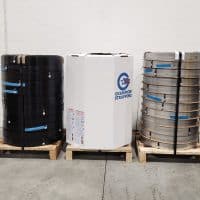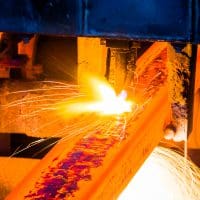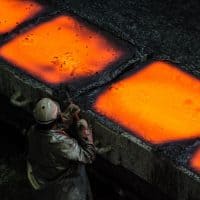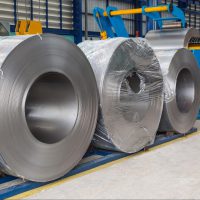Steel strapping may not be the first thing that comes to mind when you think about supply chain performance. However, for companies that handle high-value materials, steel strapping is an essential accessory. Without proper strapping, palletized inventory, construction materials, and other heavy items can be damaged in storage or compromised during transit. At Mainline Metals,…
What is the Importance of Steel Strapping Solutions?
















